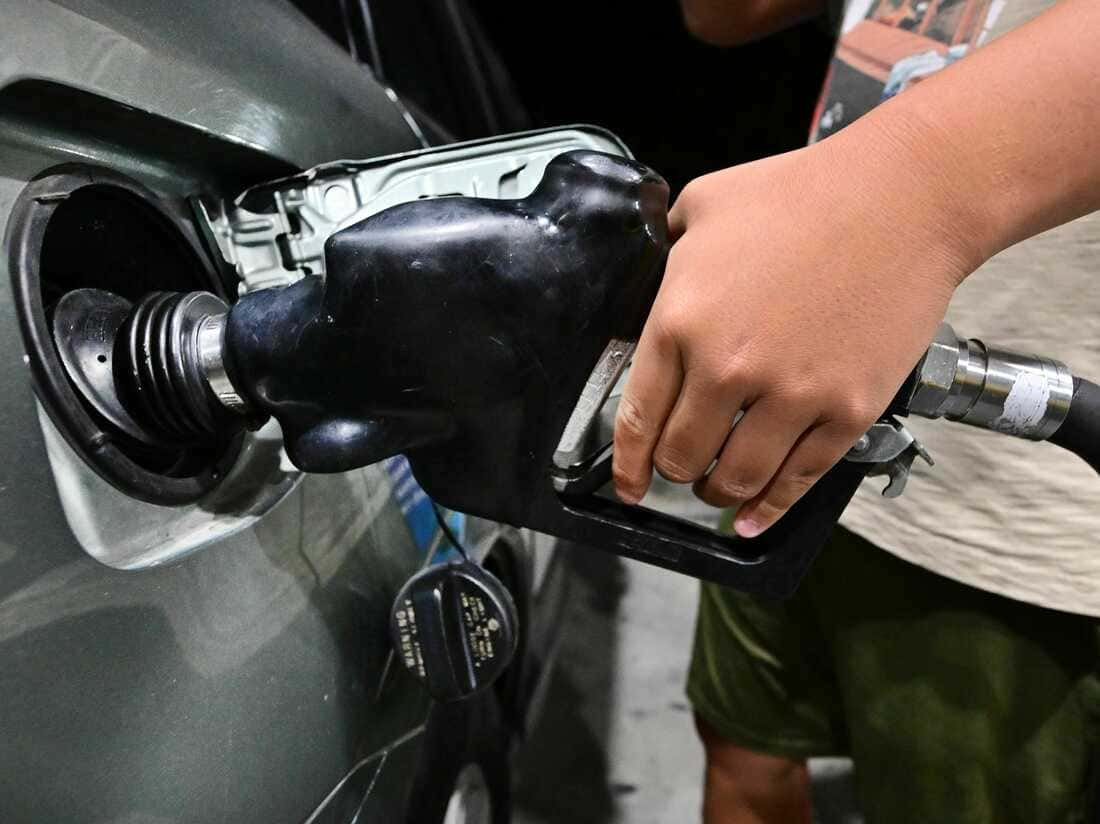The Consumer Price Index increased by a modest 0.1% last month, resulting in a 3.1% rise compared to the previous year, aligning with economists’ expectations.

Gas prices fell, contributing to a moderation in U.S. inflation in November, according to a report from the Labor Department on Tuesday
The core CPI experienced a 0.3% climb, marking a 4% increase from the previous year. This development is seen as supportive of the Federal Reserve‘s current strategy of maintaining higher interest rates. Michael Pearce anticipates that stubborn wage and core inflation pressures will keep the Fed on hold, delaying cuts until September.
The latest CPI figures underscore the persistence of inflation, despite a significant decrease from the peak in 2020. The Bureau of Labor Statistics reported an increase in used car prices for the first time in six months, along with rising rent and medical care costs, while clothing and furniture prices fell. Shelter prices also rose by 0.4%, offsetting a gas prices fell.
The data supports the argument for maintaining interest rates as the Federal Open Market Committee begins a two-day meeting
Wall Street expects the committee to announce its decision on Wednesday, with forecasts suggesting that the benchmark rate will remain steady. The Fed, having raised its main interest rate from near zero in early 2022 to between 5.25% and 5.50%, the highest since 2001, aims to slow the economy and reduce inflation without triggering a recession.
Rubeela Farooqi, chief economist at High Frequency Economics, believes that the incoming data will show further cooling in inflation and a loosening in labor market conditions, allowing the Fed to pivot to lowering rates, likely by the middle of next year. Wall Street reacted calmly to the economic report, with stocks showing little change in early trading on Tuesday.




